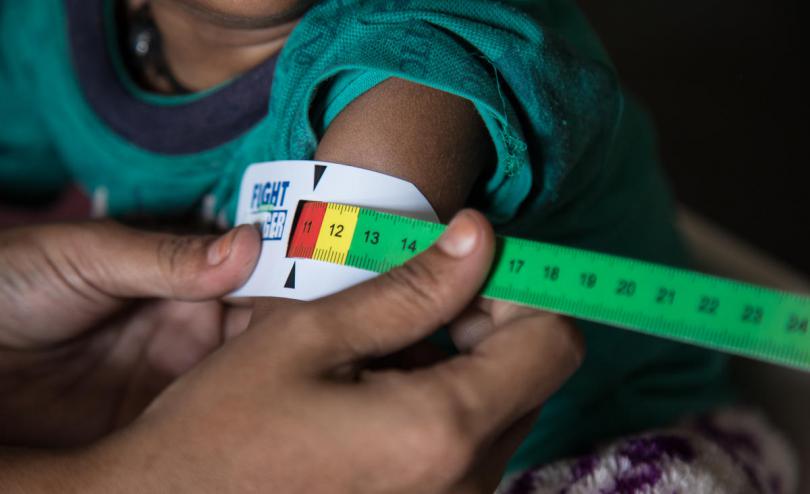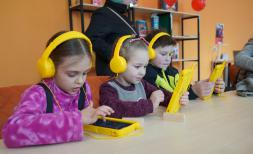Millions of children risk poverty and hunger as India’s Covid crisis spirals

The number of children living in poverty and hunger in India could soar by millions as a result of the on-going record surge in COVID-19 cases, warns Save the Children.
With the number of deaths surpassing 200,000 this week, strict lockdowns could control the spread of virus, but also risks pushing many children and their families into poverty, the charity said.
Research[i] published last month found that India’s poverty rate could rise by up to 0.6% with limited control measures in place for at least 12 months, and by almost 7% if strict control measures are introduced. Several states in India have imposed strict lockdowns in a bid to control the virus.
While children are at a lower risk of contracting COVID-19, they are not immune to the consequences as their families, teachers, and community leaders are infected and unable to support them.
India already has the largest population facing food shortages in the world, with an estimated 189 million people in India already undernourished before the pandemic began. Save the Children fears that due to the impact of the pandemic, these shortages might increase further.
Rising poverty, a lack of access to food and the stretched health system could have a devastating effect on millions of children, Save the Children warned. Children who are sick might not get the treatment they need because hospitals are overwhelmed by Covid cases, and children might be forced to drop out of school and find work to supplement lost family incomes.
Children who are out of school run a higher risk of falling victim to forms of abuse such as child marriage, child labour and exploitation, the charity warned.
Sudarshan, CEO of Save the Children in India, said:
“As the crisis in India continues to spiral out of control, its impact on children is growing ever more serious. The surge in COVID-19 infections is forcing strict lockdown measures that have left many families without a source of income, pulling millions of children below the poverty line, and the poorest into even deeper poverty. Lockdowns are necessary to control the spread of the virus, but there are unavoidable consequences to the control measures, which will have lasting impacts on children and families.
“The pandemic has reversed much of the progress India has made in reducing poverty and, as is too often the case, it is the poorest and most marginalised children who have been hardest hit. As the pandemic continues to pose a serious disruption to children’s learning, any hopes they had of moving out of poverty are fast disappearing.
“What is even more worrying is the overburdened healthcare system will be inadequate, especially to protect vulnerable people and their children. Many more children will lose parents or family members, and more families will lose their incomes, leaving them unable to cope.”
Save the Children in India has been working closely with government ministries to respond to the crisis by generating awareness on prevention, control measures and vaccinations, and is also working on protecting children from exploitation, child labour and child marriage. The organisation plans to step up its health programmes to provide life-saving medical support such as quarantine centres, ambulances, food and psychosocial support for children.
Save the Children is also advocating for public acceptance of COVID-19 safety measures and it is leading awareness raising campaigns to encourage 18-45 year olds to take the vaccine, when they’re eligible for vaccination starting on 1 May.
[i] Research by UNICEF forecasts a 0.6% increase in India’s poverty rate if ‘limited’ control measures remain in place for 12 months. Stage 1 or ‘limited’ control measures are defined as: bans on public gatherings, social distancing, school closures. See: Direct and indirect effects of the COVID-19 pandemic and response in South Asia https://www.unicef.org/rosa/media/13066/file/Main%20Report.pdf
For more information or to request media interviews please contact:




